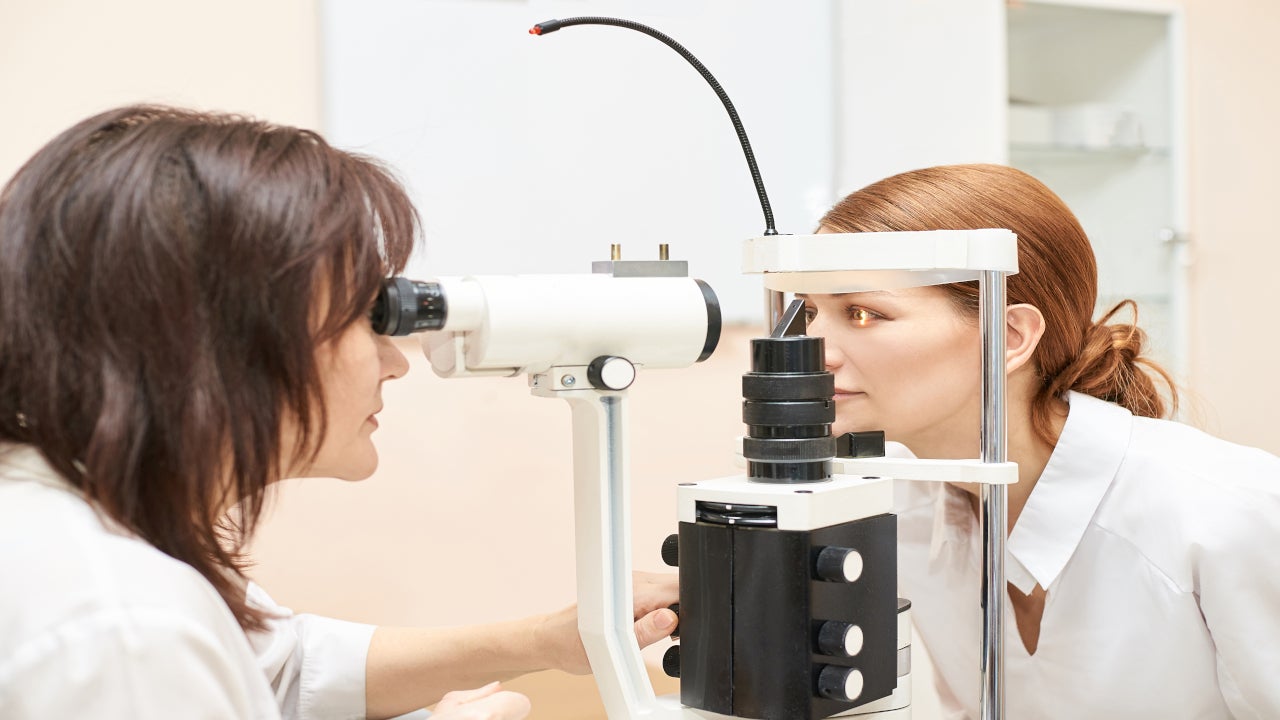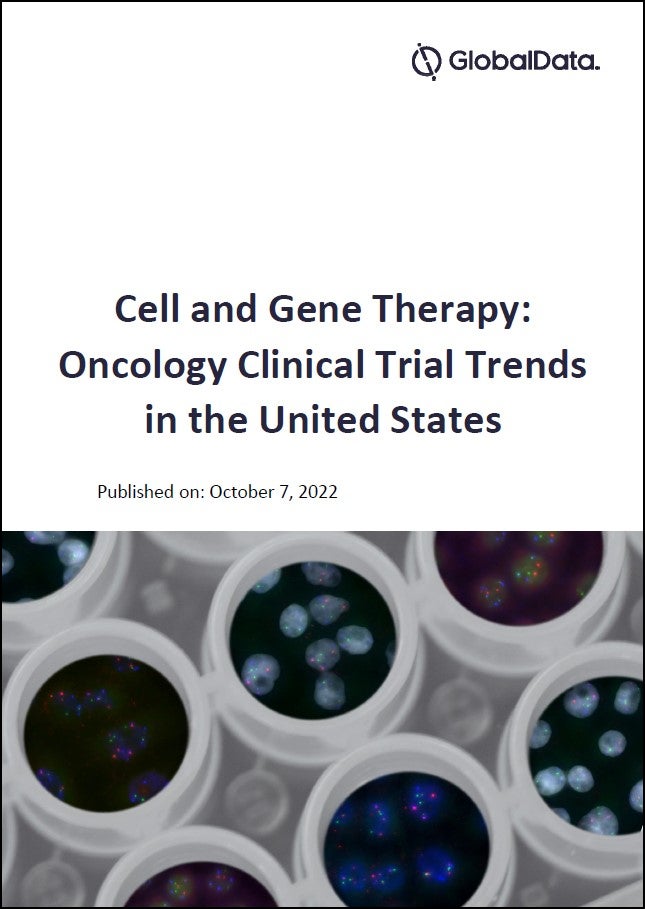
GenSight Biologics’ Lumevoq (lenadogene neparvovec) drew expert caution about its approval prospects in Leber’s hereditary optic neuropathy (LHON) based on nebulous data from the first two of three Phase III trials. Results from two late-stage trials showed the gene therapy had an effect on the sham eye, and so data from an ongoing third Phase III is needed to clarify efficacy information gaps, experts said.
Data from the RESCUE and REVERSE Phase III trials show patients’ sham eye also improved, thus diluting efficacy data in the treated eye, experts said. Since the gene therapy also had an impact on the sham eye, questions have been raised about whether Lumevoq’s mechanism is fully understood, some noted.
How well do you really know your competitors?
Access the most comprehensive Company Profiles on the market, powered by GlobalData. Save hours of research. Gain competitive edge.

Thank you!
Your download email will arrive shortly
Not ready to buy yet? Download a free sample
We are confident about the unique quality of our Company Profiles. However, we want you to make the most beneficial decision for your business, so we offer a free sample that you can download by submitting the below form
By GlobalDataNevertheless, the level of visual improvement seen in RESCUE and REVERSE is strong enough to draw optimism about the ongoing Phase III REFLECT, as REFLECT’s design is intended to clarify the issue, they added. REFLECT is treating both or one eye instead of using a sham injection. Topline REFLECT data is expected in 2Q, with results to be part of its FDA approval filing in 2H.
In its September 2020 EMA filing, GenSight submitted results from RESCUE and REVERSE versus natural history data from LHON patients in other trials, with a decision expected in 4Q. However, experts said it is best to wait for REFLECT results rather than to use natural history data to clarify efficacy issues. The use of natural history data as a benchmark may be confounded by Lumevoq having incompatible patient profiles with RESCUE and REVERSE patients, they said. Natural history data may also include patients receiving prior treatments, which would dilute the data’s value as an efficacy benchmark, they added.
GenSight, which has a $282.86m market cap, declined a request for comment.
See Also:
Sham eye improvements partially taint efficacy data
The function of the 90-patient REFLECT is to clarify data from RESCUE and REVERSE, which showed the sham eye also experienced improvements, said REFLECT investigator Dr Piero Barboni, consultant ophthalmologist, University of Bologna, Italy. While bilateral improvement is possible, localised treatment is assumed to not transfer into the sham eye, added REFLECT investigator Dr Prem Subramanian, professor of ophthalmology, University of Colorado, Denver.
Both the 39-patient RESCUE and 37-patient REVERSE did not meet the primary endpoint of a 15-letter difference or higher in visual acuity for treated eyes compared to sham-treated eyes at 48 weeks. RESCUE patients’ treated eye experienced a mean improvement of 13 additional letters over baseline versus 11 additional letters in the sham-treated eye, according to a February 2019 press release. In REVERSE, patients’ treated eye improved by 15 or more letters, compared with 13 or more for the sham-treated eye, as per a 10 December 2020 press release.
Gene therapy studies in animal models show sham eye improvement may be caused by the treatment moving back up the optic nerve and into the untreated eye, explained Alan Boyd, CEO of his eponymous healthcare regulatory consulting firm in Crewe, UK. However, if any trial is designed to use the patient’s other eye as a control, then there should be no systemic effect, noted Janet Wittes, president, Statistics Collaborative, Washington, DC. There should be stronger understanding of the therapy’s mechanism, she added. Lumevoq features a recombinant adenoassociated viral vector containing the wild-type ND4 gene. This gene rescues retinal ganglion cells from LHON-induced apoptosis.
With an effect seen in the sham eye, REFLECT needs to demonstrate how both eyes improve when only one is treated, said Subramanian and Barboni. It also needs to show whether it is effective in patients who have lost or are close to losing vision, Subramanian added. REFLECT does not have a sham injection, but injects one or both eyes. It is recruiting patients with LHON due to mutations of the ND4 gene, with vision loss present up to one year.
Although RESCUE and REVERSE did not meet their primary endpoints, other data from these trials show the promise of the gene therapy’s clinical value, which is reassuring for REFLECT’s success prospects, added Subramanian. For example, in REVERSE’s primary endpoint, 81% of 37 patients experienced clinically relevant recovery in the treated eye, defined as a 10-letter improvement or higher in the Early Treatment Diabetic Retinopathy Study (EDTRS) Visual Acuity score, according to the aforementioned December 2020 release.
Given the level of the treated eye’s visual recovery reported in RESCUE and REVERSE, it is difficult to argue visual improvement was down to the natural history of the condition and not without the gene therapy’s impact, said Dr Byron Lam, professor of Ophthalmology, University of Miami, Florida. Based on the natural progression of the disease, patients do not typically recover to the same extent as patients in RESCUE and REVERSE, he explained, adding REFLECT, by removing the sham injection, will underscore the gene therapy’s efficacy.
Using natural history data as benchmark unusual
RESCUE and REVERSE’s data may be strong enough for FDA approval, Boyd said. He pointed to Roche’s Luxturna (voretigene neparvovec), which was approved in 2017 for biallelic RPE65 mutation-associated retinal dystrophy. While its Phase III (NCT00999609) data did not have a control group, it did not reduce its approval prospects, he added. Data from the first two Phase III Lumevoq trials may be enough for conditional EMA approval, and REFLECT data may lead to full EMA approval, added Boyd.
However, other experts were more sceptical of the gene therapy’s overall approval prospects based on available RESCUE and REVERSE data alone, noting the improvement in the control eye undermined the validity of both trials’ results. As such, REFLECT results are needed to fill in the data information gaps, they added.
In its application to the EMA, GenSight filed data combining RESCUE, REVERSE and their long-term trial’s (NCT03406104) results versus natural history data. Natural history data were gathered from a variety of sources, such as LHON natural history studies and GenSight’s Phase III REALITY trial’s (NCT03295071) natural history registry. The comparison shows a statistically significant (p<0.01) and clinically meaningful difference with Lumevoq in visual outcomes by month 48, according to a 21 September 2020 press release.
Still, it is not standard to use natural history data from other studies as an efficacy benchmark, noted William Feuer, biostatistician, University of Miami, Florida. There are limitations to natural history data, such as how it does not capture everyone with the disease but only those who seek medical attention, Subramanian said. How often patients chose to return for examination can confuse the natural history data’s value as a benchmark, he added.
Another factor obscuring the natural history data is patients who use prior treatment may have been included in this data pool, experts said. In RESCUE and REVERSE, patients were excluded if they had not completely discontinued using Takeda Pharmaceutical’s Raxone (idebenone) at least seven days prior to the second visit. Ideally, clarity is needed about how natural history data being used for comparison would exclude patients previously treated with Raxone, said Subramanian. There needs to be a distinction between natural history data and treated history, said Wittes, adding natural history is what would happen to the disease if there were no treatment whatsoever.
In the pooled data from RESCUE and REVERSE, both treated and sham eyes are referred to as treated eyes. While it is highly unusual for an analysis to include what was previously a control eye in its analysis of treated eyes, this may be beneficial as it serves to understate the therapeutic effect of the gene therapy, experts agreed. In including sham eye data showing improvements, GenSight is reducing the treatment effect, making a more conservative estimate of the gene therapy’s therapeutic impact, agreed Wittes and Feuer.
Sean Rai-Roche is a Reporter for Clinical Trials Arena parent company GlobalData’s investigative journalism team. A version of this article originally appeared on the Insights module of GlobalData’s Pharmaceutical Intelligence Center. To access more articles like this, visit GlobalData.
Cell & Gene Therapy coverage on Clinical Trials Arena is supported by Cytiva.
Editorial content is independently produced and follows the highest standards of journalistic integrity. Topic sponsors are not involved in the creation of editorial content.










Related Company Profiles
Takeda Pharmaceutical Co Ltd